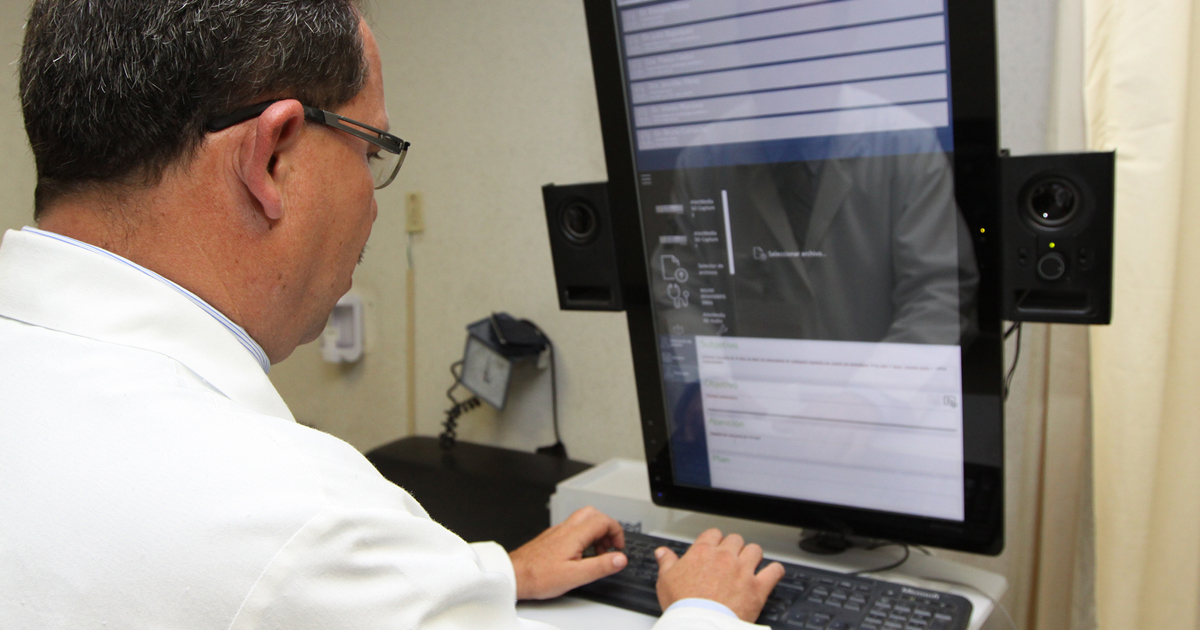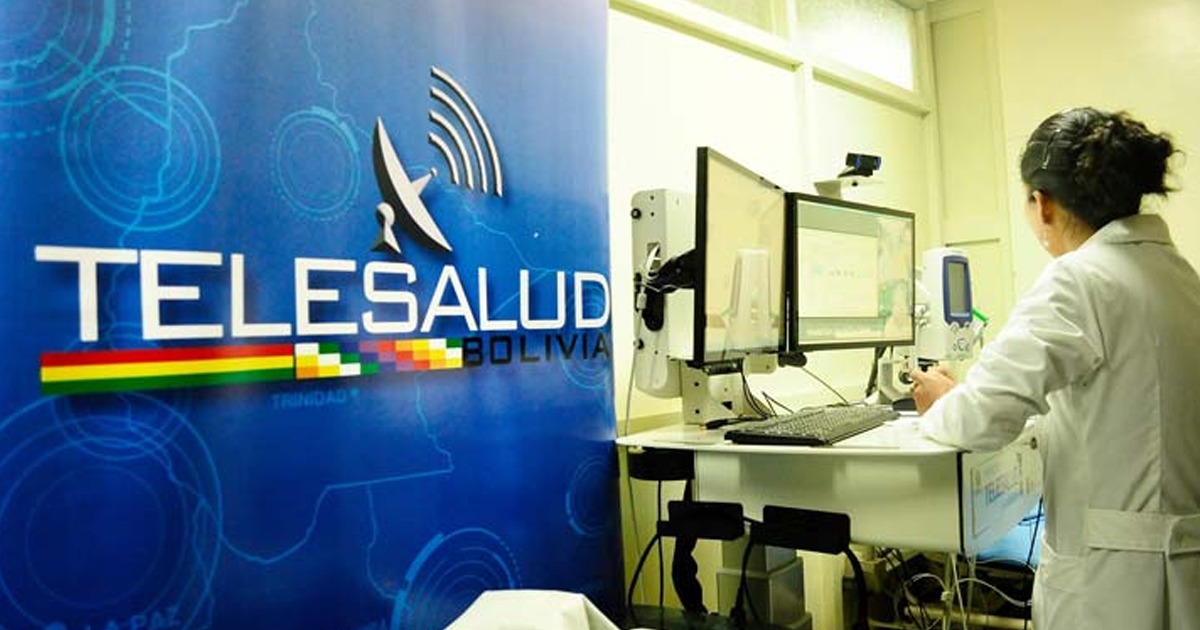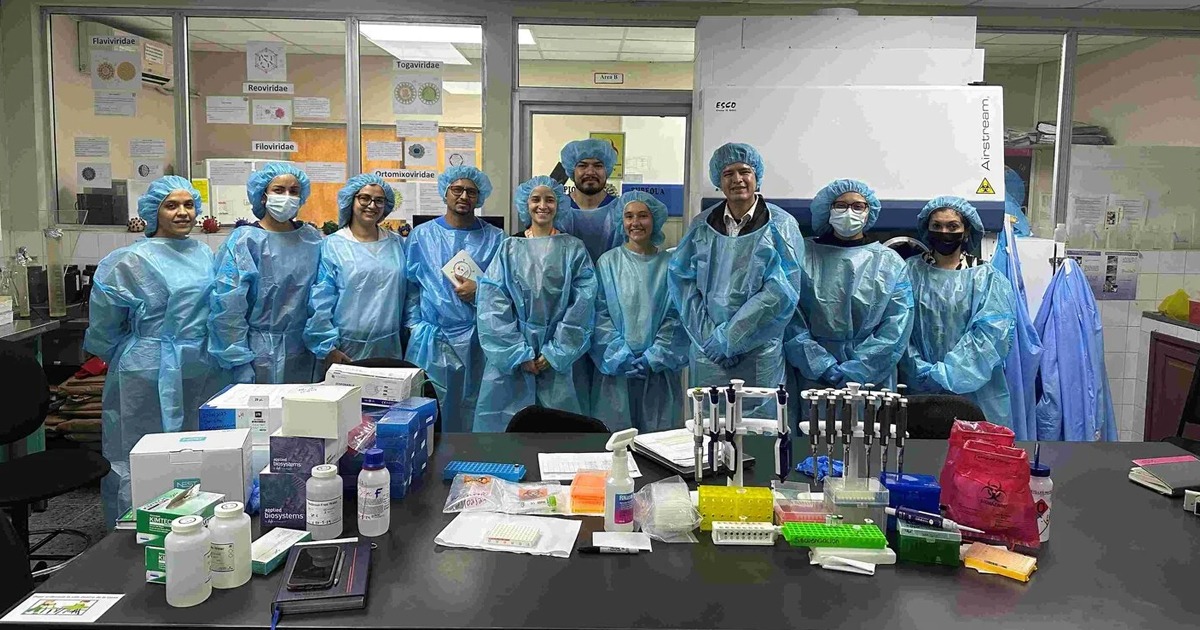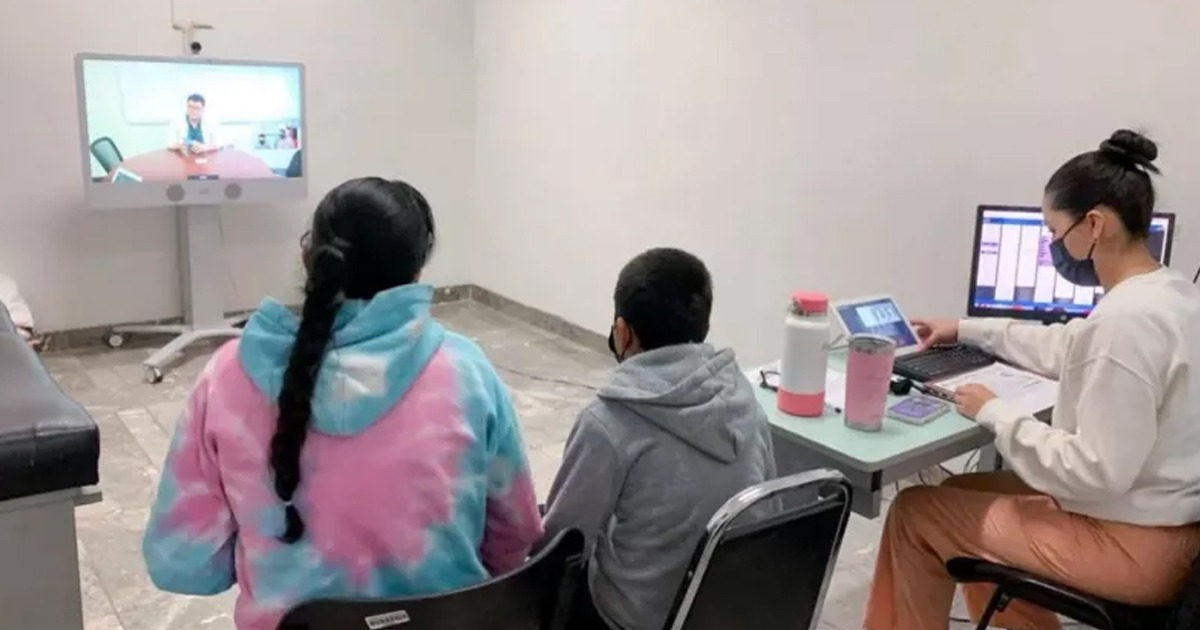Swedish university has been perfecting the method for more than five years, in order to achieve its clinical use in the future.
Neuroscientists at Lund University in Sweden developed a new technology that allows it to design the shell of a virus to achieve gene therapy administration to the type of cell in which the body requires treatment.
Gene therapy is used to treat complex diseases such as spinal muscular atrophy or enzyme deficiency. With this method the genetic material is controlled by drugs. To accomplish this task, viruses are grown in laboratories and altered so that they have no adverse effects on humans and thus transport the genetic material to the body cells that require it and replace the damaged genome.
The process developed at this Swedish university combines computer simulations and modeling, as well as sequencing techniques and genetic technology “Thanks to this technology, we can study millions of new virus variants in cell culture and animal models simultaneously. From this, we can subsequently create a computer simulation that constructs the most suitable virus shell for the chosen application– in this case, the dopamine-producing nerve cells for the treatment of Parkinson's disease”, explains Tomas Bjoklund professor of neuroscience and leader of this project at Lund University for five years.
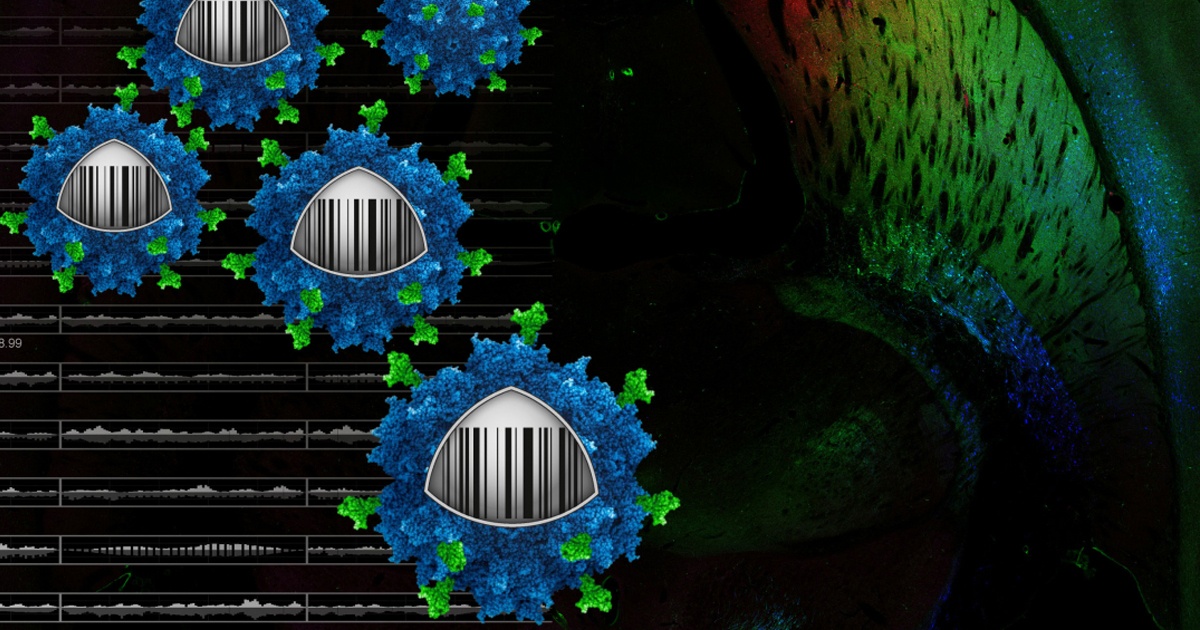
“You can view this as dramatically speeding up evolution from millions of years to weeks. The reason we can do this is that we study each “generation” of the virus in parallel with all the others in the same nerve cells. Unlike evolution, where only the best suited live on to the next generation, we can also learn what makes the virus work less well through this process. This is crucial when building computer models that interpret all the information”.
Thanks to this method researchers have reduced the use of laboratory animals, and conduct more complex studies using variants of the same drug in the same individual. “We believe that the new synthetic virus we succeeded in creating would be very well suited for gene therapy for Parkinson's disease, for example, and we have high hopes that these virus vectors will be able to be put into clinical use”, Bjoklund concluded.
